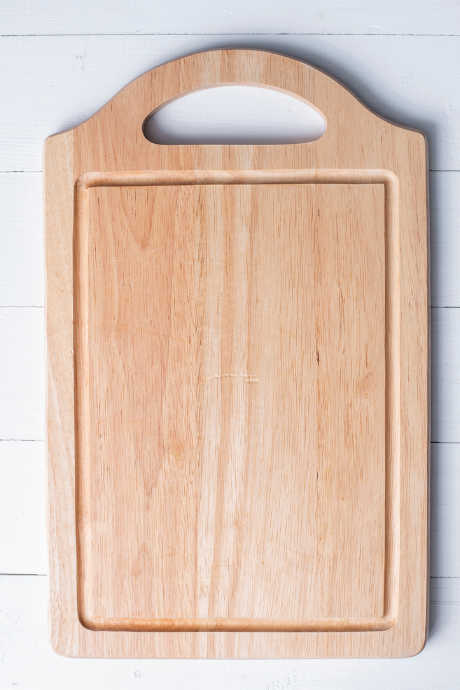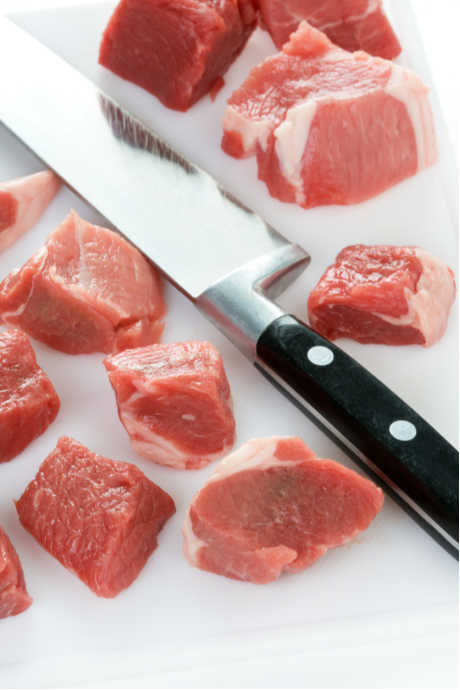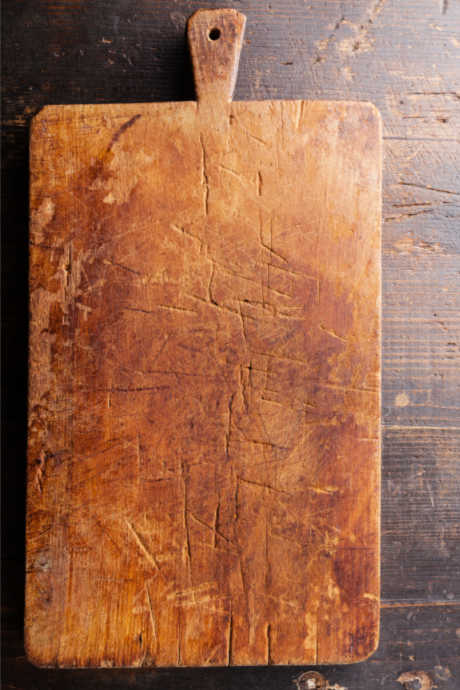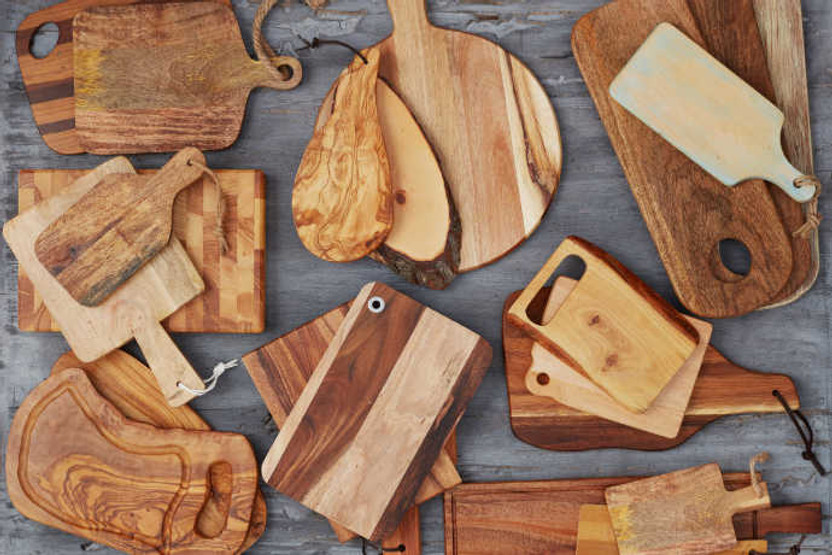Keep It or Toss It: Cutting Boards
Posted by Julie on Jun 17th 2019
No matter how infrequently you may prepare food, and no matter what material your countertops are made from, one essential kitchen tool is a cutting board. Using a proper cutting surface is more sanitary for your health, safer for your knives, and better for your countertops. Keep reading to learn more about the various materials cutting boards are made from, how to use and care for them properly, and how to recognize when it’s necessary to replace them.
Keep It: How to Care for Cutting Boards
A huge variety of cutting board shapes, sizes, and materials are available. There are significant differences among them, from how easy they are to care for, to how tough they may be on your knives. When you have a clear understanding of the pros and cons, you’ll know which one is right for you.
Materials and Size
Your best bet for a cutting board is one that’s made from plastic or wood. If you own a glass or stone cutting board, use it as a serving piece instead. These materials will dull your knives prematurely. While you may be adept at sharpening and honing your cutlery, it’s still not a good idea to cut on a surface that’s not knife-friendly. Likewise, if you have granite or quartz countertops, don’t use them as a cutting surface.

Plastic cutting boards are easy on the wallet, and they’re kind to your knives, but they will need to be replaced more frequently. Wood cutting boards may cost more and require more care, but they’re even more knife-friendly, and they can last for decades with proper care. Renewable bamboo cutting boards are also a smart option, but bear in mind bamboo will be harder on your knives than either wood or plastic.
Go big or go home: The Kitchn recommends buying the biggest board that will fit on your countertop (but can still be washed in your sink). We agree that it’s luxurious to have plenty of room to slice, dice, and mince without piling ingredients high or chasing them off the edge of the board. Of course, larger boards will have higher price tags, especially if you choose a wood one. You may not use that gigantic cutting board every day, but there will be occasions when you’re glad to have it.
Use
If you’re cutting food (and it’s not already on your dinner plate), you ought to use a cutting board to protect your knives and countertops. While a large wood cutting board is ideal for chopping vegetables, slicing fruit, and mincing herbs, multiple sources agree on the utility of a smaller plastic cutting board for preparing meat. While plastic isn’t more sanitary than wood, it can go in the dishwasher. Plus, always using a plastic board for meat and reserving wood boards for produce will help you avoid cross-contamination between your cutting boards.

Cleaning
As we mentioned already, plastic cutting boards are dishwasher-safe. The high heat and harsh detergents won’t harm plastic, but they will dramatically shorten the life of wood cutting boards. Wood is porous and will absorb water. As it dries, it may warp or crack. The longer it’s exposed to heat and water, the greater the amount of damage that may occur.
Therefore, clean your wood cutting boards directly after using them, with warm water and gentle detergent, and dry them immediately. Wash and rinse both the front and back of the board, and all along the edges too. Don’t let your wood cutting board sit in water, just as you wouldn’t soak cast iron. Scrub until you’ve removed all food residue.

If you find your boards harbor persistent stains, try baking soda for removing them. Likewise, try lemon juice and kosher salt for lingering odors. White vinegar is another excellent cleaning resource that may do the trick.
When you’re finished washing your wood cutting board, dry it with a kitchen towel before placing it upright. You can balance it on one edge, or place it in a drying rack. The objective is to allow all sides to dry evenly, so don’t put it flat on the counter to dry. Because all sides of your cutting board have absorbed some water and expanded, it’s important to ensure they all contract back to their initial size and shape. Washing and drying evenly helps prevent the board from warping or splitting.
Upkeep
The good news with plastic cutting boards is they don’t need any special care. Take them out of the dishwasher, and they are ready to go. In addition to hand washing and even drying, wood cutting boards need to be oiled occasionally to keep them from drying out.
The consensus appears to be in favor of mineral oil for maintaining wood cutting boards. Don’t use food oils like vegetable or olive oil, which will turn rancid. Highly-refined mineral oil is food-safe and will help prevent your cutting boards from warping or splitting.
Toss It: When to Replace Cutting Boards

Whether you use a plastic cutting board, a wood cutting board, or alternate between the two, deep cuts in the surface are the first clue that it’s time to go shopping. While you can scrub food particles out of smaller indentations, deep cuts are likely to harbor food and bacteria. If you have a wood cutting board and don’t mind a bit of extra work, try sanding the surface of the board. But if the board warps or cracks, you’ll have no choice but to get a new one. Hopefully, with proper cleaning and consistent care, your wood cutting board will last for years.
 Free shipping over $49
Free shipping over $49










